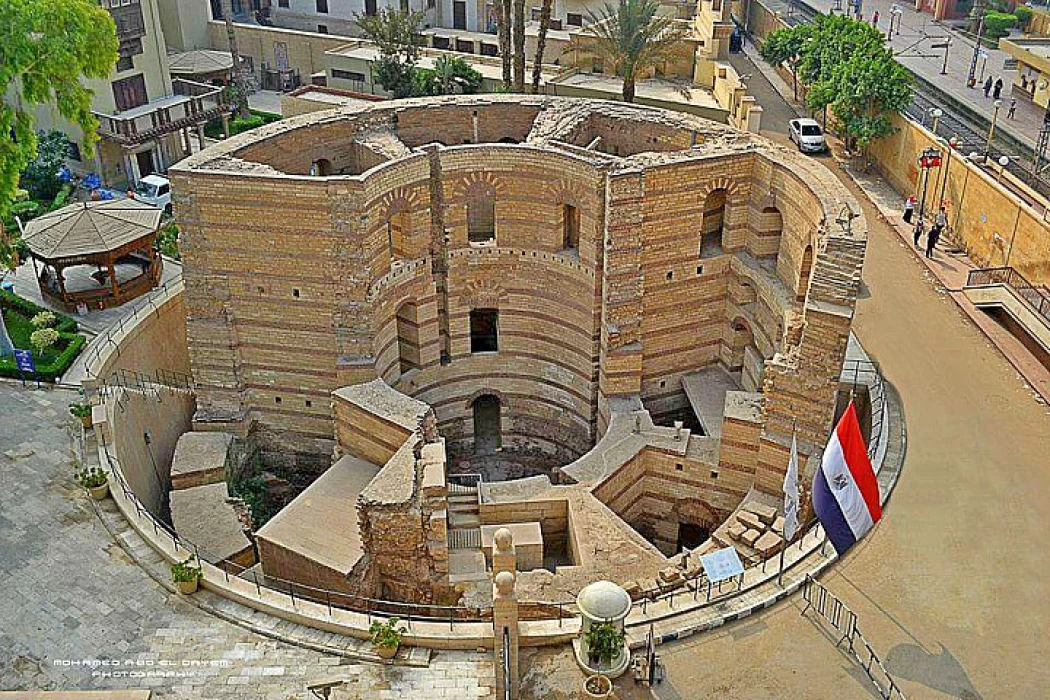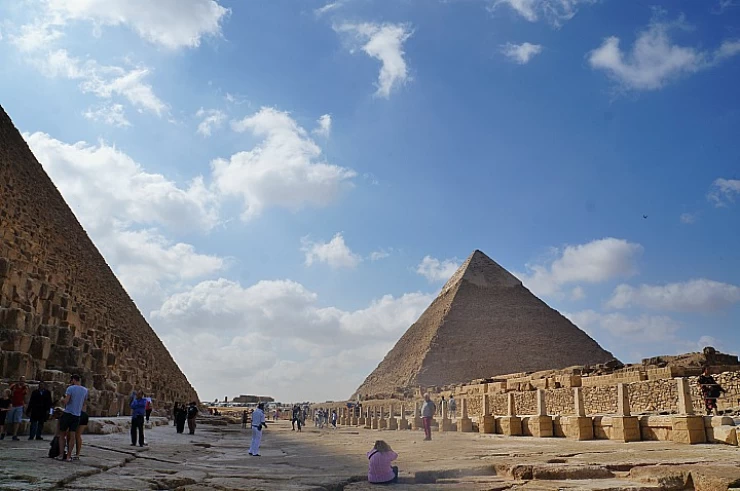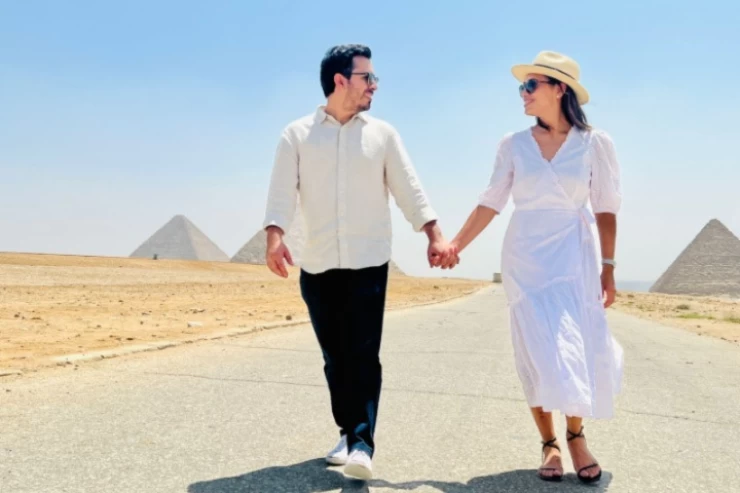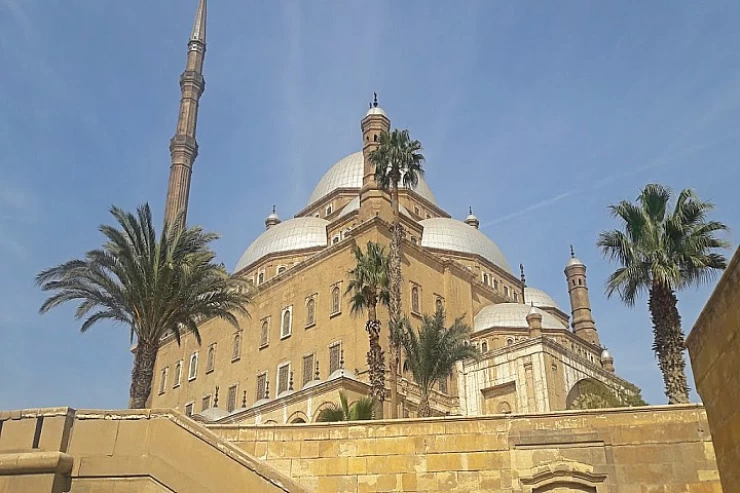
The Roman fortress of Babylon in Old Cairo
When was the start of building the fortress? The construction dates of the Babylon Fortress to the second half of the sixth century BC; there are other stories about the reason for building the Babylon Fortress, where the King Senusret from the Pharaohs vectorized against the Babylonians after a strong bloody battle. Then took the prisoners to enslave them in Egypt; but the prisoners rebelled to defend themselves and built a fortified fort to defend themselves in the area. You can have a great adventure between the sides of the history with Egypt Classic Tours and visit the authentic area of Old Cairo.
In addition, the reason behind the name of the fortress is In the Roman era, the fort was called the Babylon Fortress. Historians also mentioned that Babylon was the name of a neighboring country. The Roman fortress now does not exist only the remains of the fortress, above these remains there is the Hanging Church, the Church of Mari Girgis, and surrounded by other enchanting places like the Coptic Museum.
Moreover, After the entry of Amr Ibn El Ass and the Islamic era, the fortress was chosen to be military headquarter because of its strategic location to protect Cairo from any external danger like the citadel of Muhammed Ali. Furthermore, in building the fort, stones taken from Pharaonic temples were used and completed with red bricks. Nothing remains of the fort's buildings except the southern gate flanked by two large towers, one of them now holds the hanging Church.
Many stories indicate that the fortress has withstood attempts to storm it for a long time, since the Egyptians discovered the fortress and legends tell about it, including a legend that says that inside the fortress is a cave to which the Holy Family took refuge during their return journey from the Monastery of Al-Muharraq in Assiut to Jerusalem. The Babylon Fortress has remained a symbol of the Roman persecution of the Egyptians, who converted to Christianity in ancient times. Visit Egypt and enjoy discovering many artifacts from different ages through Egypt Luxury Tours and enjoy the high-quality services.

















